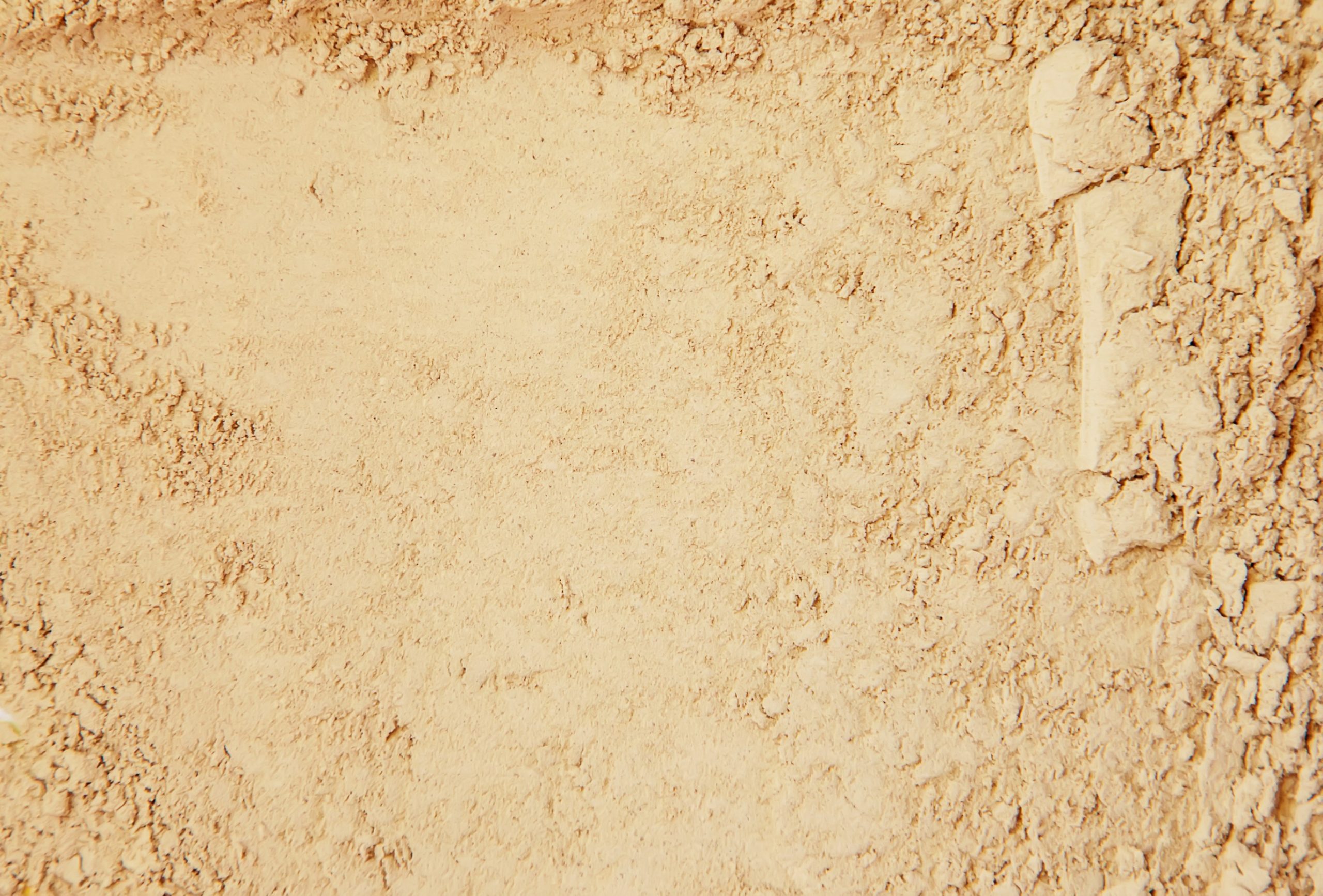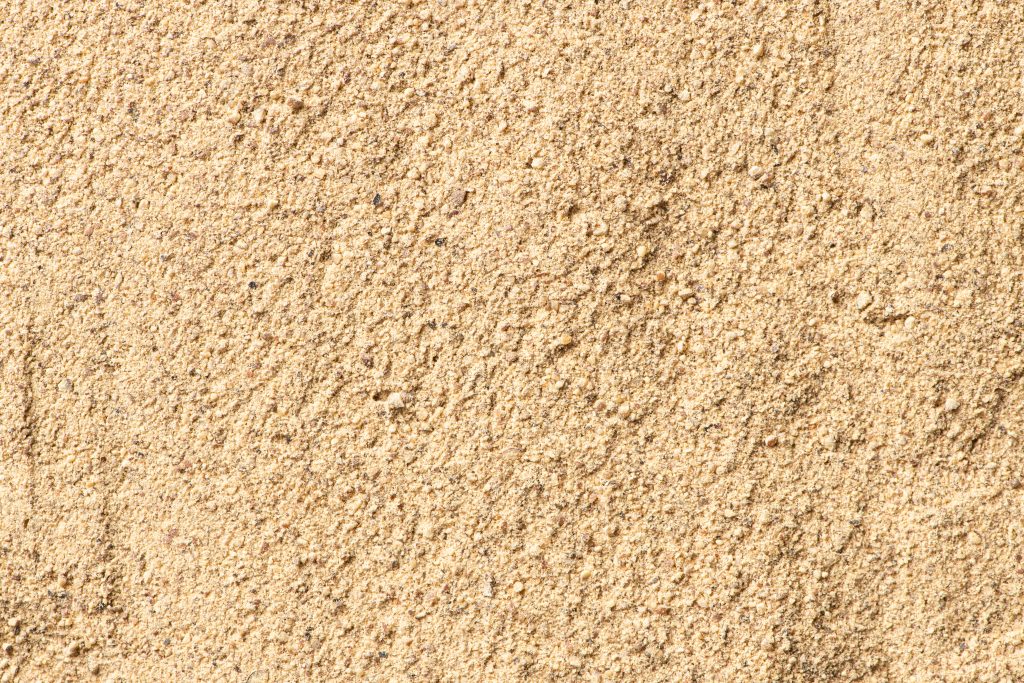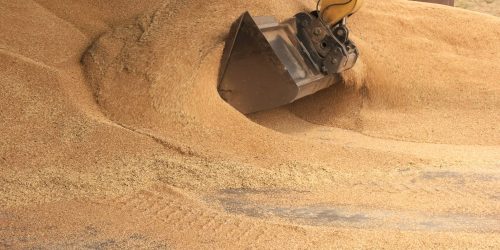
South Florida construction is not an industry that takes kindly to inaccuracy. It’s expected. The following details are of paramount importance, as your foundation materials can only look better than the finishing used on them. Sand is one of the most important but underrated aspects of a top-quality stucco finish. Residents of Miami-Dade County will be lucky that sand is not just sand. This practically provisions companies throughout the conurbation, from contractors to builders as well.
The quality, cleanliness, and texture of the sand will determine if your mix sticks will last through years of sun, rain, and exotic winds. Cracks, discoloration, and a weak bond can occur when the sand used is poor, which show up a few weeks to months after it’s installed.
So a critical role is played by the professional suppliers like ASR Materials. ASR Materials, with over 45 years of experience in Miami-Dade, Broward, and Monroe Counties, provides the durability needed for South Florida’s environment. Everything You Need to Know Before Buying Stucco Sand in Miami-Dade.
 The Best Reason To Use Stucco Sand Quality For Your Next Project
The Best Reason To Use Stucco Sand Quality For Your Next Project
A stucco sand refers to the type of fine sand that is typically used with standard cement mixes for plastering externally. Stucco sand is so different from the general construction sands not only because of its color, purity, and grain size, but also for other specific characterizations that make this type of material suitable to be included in stucco renders or at least as a principal constituent of the starting coat /base coating portion.
Stucco looks fairly basic from the outside. However, this combination of items is very technological. Essentially, stucco consists of the following materials;
- Portland cement or cement
- Lime
- Water
- Sand (aggregate)
Sand accounts for about 60 to 70 percent of a stucco mix, and it performs much more than simply filler duties. The strength, workability, and resistance to cracking will be controlled by the sand. As a result, when producing finishes like lace or popcorn stucco, good quality sand helps with adhesion and prevents stress cracking, while also creating final surfaces that are more even & flat.
A high-quality, clean sand additionally increases lifespan because stucco will not erode rapidly when confronted with South Florida’s climate. Poor sand quality often absorbs water and impurities, which can cause cracking in concrete or the stucco to deteriorate over time, meaning costly long-term repairs.
The Weather Challenge In Miami-Dade
Exterior materials fare so poorly in Miami-Dade County. The high-design, resort-meets-old-Havana stucco walls of the property and exposed architectural masonry elements are tested daily against year-round heat, humidity, and ocean breeze in equal measure. Higher salt air, storm season, and heavy rains require stucco to deliver UNDER PRESSURE.
If low-grade sand or a blend is used, the same output, but yields:
- Early age cracking in stucco.
- Movement of water in cavities, empty spaces, and even through walls due to the permeable texture.
- So-called efflorescence, white chalky residue from salts leaching out.
- Hide texture to the curb creep surface deficiencies.
So it is no wonder that stucco contractors and Miami Stucco contractors always stress about the quality of sand. Clean, dry aggregate with a proper grade allows stucco to breathe without becoming saturated in water. In other words, climate is not optional.
What Constitutes High-Quality Stucco Sand
Though not every pile of sand marked as stucco meets professional requirements. Here are what to look for when it comes to picking the right sand for your residential or commercial stucco project:
1. Proper Grain Size And Gradation
Perfect stucco sand will have grains of different sizes that mesh together for a firm, solid face at the end. Stucco that is too fine will be weak and prone to developing shrinkage cracks. Go too fine and it will be nearly impossible to achieve velvety textures.
Look for:
- A nice mix of coarse, medium, and fine particles
- Meets industry standard for the stucco aggregate (ASTM C897)
Using the right sand with a balanced grain strength gives you a stronger, uniform mix that goes on easily for professional-grade results that will outlast Miami-Dade weather.
2. Cleanliness
Good quality sand must not contain silt, clay, or organic components. Since the bond of sand and cement is weakened due to admixtures, this causes softening as well as cracking. How to test: hold a handful of wet sand. If it is sticky or adheres to your fingers like pencil lead, if one feels a shade against the other finger-nail drawn across it, it’s likely contaminated.
3. Moisture Control
If the sand is too moist, it can affect your stucco mix ratio. Competent suppliers always lay out the raw materials in their material yard and keep them dry under the roof.
4. Consistency
Good suppliers provide consistent sand from one batch to another. Uniform aggregate results in unequal color, texture, and finish (poor or shadow), especially with those of specialty finishes on stucco.
So, how does stucco sand in Miami make a difference, if the beauty is already going to come from your plaster finish experts anyway? Terrific stucco sand simply isn’t about picture-perfect surface appearance; It offers strength and ease of application for enduring performance through hurricane-force winds, relentless summer sun exposure, torrential rainstorms & extreme humidity swings.
Stucco Finishes And How Sand Affects Each
Types of Sand for Stucco Finishes. Here is the effect of different sand quality on the look and performance.
1. Smooth Stucco Finish
Requires clean, fine sand for a smooth finish. If the aggregate is at all coarse or dirty, it will create very visible problems in colors.
2. Texture Stucco Finish (Lace Finish)
The old would like the appearance of normal Florida structures, which need a mixture of fine and medium grains.
3. Wiggle Worm / Swirl
Relies on a uniform particle size for consistent troweling and worm-like consistency.
4. Sand Stucco Finish
Provides an extremely rough and hard surface with the use of coarse sand. Texture and light reflectance are greatly influenced by the quality of sand.
5. Synthetic Stucco Finish
This is simply a combination of acrylic products for the cement and sand (for texture), so everything else stays essentially as it was.
With regard to style, traditional or synthetic, the sand quality is everything when it comes to a stucco that will look elegant and last against Miami’s hard weather.
Choosing the Right Supplier In Miami-Dade (South Florida)
Just as you need to pick the right stucco material, it is just as crucial that you find a good source for your sand. One of the most-supplied cities in America, local supplies will not necessarily meet every high-demand construction requirement.
Consider these questions when comparing the options :
- Locally sourced sand and tested for quality, or untested imported dredged sea sand?
- Are they using ASTM aggregate?
- Is sand washed and screened?
- Are they capable of feeding sizeable stucco jobs indefinitely at a window?
- Do they provide tips on how to choose the best sand for your project?
One of those names in Miami is ASR Materials, which provides affordable & highly equipped aggregates according to residential as well as commercial requirements.
Errors To Avoid To Help You With Your Choice Of Stucco Sand Buying
All it takes is an oversight at the time of material purchasing, and that can result in hundreds, if not thousands, of dollars down the drain. We should avoid these issues; otherwise, refer to the tips below:
Error 1: Using Cheap Sand
Cheap sand is most often not of good quality. Cracks, discoloration, and texture inconsistencies are symptoms that do not stay isolated to the concrete floor if a low-cost alternative is sought.
Error 2: Ignoring Moisture and Storage Climate
Obtaining sand wet or storing it in the open will alter mix ratios and make your stucco fragile.
Error 3: Blending Sand Types
Different grain sizes or different sands from a mix of batches have an unpredictable finish. Use a reputable supplier.
Error 4: Masonry Or Play Sand
Designed unconsciously to be incompatible with stucco, they will lead naturally to delamination and poor adhesion, so it is possible that end users could experience finish defects on their exterior walls.
Error 5: Not Keeping Up With Local Laws
This is why Miami-Dade building codes exist. Failure in inspection due to non-conforming material. Non-compliance issues with buildings later on
Even the best builder could occasionally become absent-minded while material shopping; however, failing to be thorough on stucco sand buying will have you in an arena of expense, repairing your errors, or sporting rough finishes, or experiencing a premature failure in the plaster.
Ways High-Quality Stucco Repair Sand Impacts End Results
When you spend the extra money and buy high-quality stucco sand, it isn’t a bag of aggregate that you’re purchasing; as we’ve mentioned before, it’s prolonging aesthetics and structural integrity, which provides peace of mind.
High-Quality Sand Has Long-Term Benefits
- Increased weather resistance: Rain, humidity, and sun do not cause the polymer to break down.
- Reduced maintenance: Fewer cracks equals fewer repairs or repaints.
- Appearance: Uniform textures and finishes provide enduring exterior beauty for your home.
- Enhanced security: Prevents water infiltration and moisture leakage into the wall surfaces beyond.
That difference becomes obvious after a few hurricane seasons in South Florida. Luckily, the stucco made out of good sand is strong enough and well-built to still stand tall while its cheaper opponents are obviously starting to rot away.
Traditional Stucco vs Synthetic Sand
Some builders believe that synthetic stucco (or EIFS) does not need the same high-quality sand as traditional cement-based stucco. That’s a myth.
Synthetic systems may rely on acrylic binders instead of Portland cement, but paint needs sand to provide texture and the right amount of adhesion. In fact, it is usually essential for durability as well. Sand of low quality can still affect surface irregularities or early failure.
Sand is the texture and strength control of traditional stucco. Synthetic stucco has some flexibility and aesthetic uniformity where it is applied. In both cases, it is the groundwork on which you can build.
 Choosing Sand That Holds Up Over Time
Choosing Sand That Holds Up Over Time
Stucco sand, therefore, acts as the foundation that gives your protective layer strength, if you will. The materials you select will either shorten or prolong the life of your stucco siding and, subsequently, its appearance in a place like Miami-Dade that abducts every building by bad weather along with relentless humidity.
The only way you can be sure your exterior wall is working as designed in every square foot of surface area is when purchasing stucco sand from a reputable manufacturer, not just good enough to pass code requirements. You are saving on your investment, appearance, and future repairs.
For example, if you are doing a stucco repair in Miami on an existing wall or new construction, and even when performing general repair work, use clean, approved, graded sand produced by professionals who know & understand the climate challenges of our region.
The Right Choice For Your Stucco Project in Miami
It may seem like an easy finish, but in reality, stucco service is a busy job, and it’s one of the most versatile finishes you can provide your Florida home with. And it all begins with the sand.
High-grade stucco sand makes for more robust walls, tighter coats, and fewer problems down the road. Going with a first-class stucco company in Miami, like ASR Materials, you will be declaring that you want dependability and performance.
So the next time you start on your new stucco repair job, bear this in mind. There is quite often a difference between what meets our eyes and the finish that might not last through one year of sand.
LOOKING FOR THE BEST SUPPLIER IN SOUTH FLORIDA?
YOU FOUND US, ASR MATERIALS.
 The Best Reason To Use Stucco Sand Quality For Your Next Project
The Best Reason To Use Stucco Sand Quality For Your Next Project Choosing Sand That Holds Up Over Time
Choosing Sand That Holds Up Over Time




